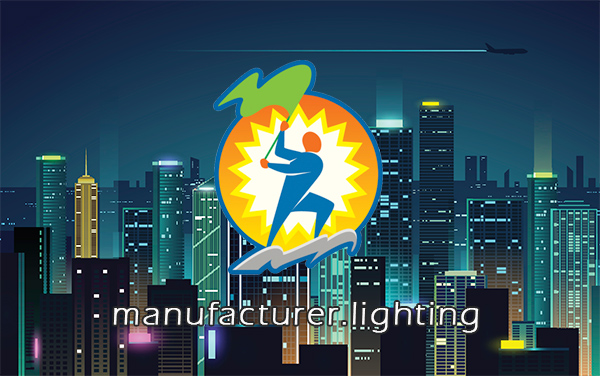The development of electrical power well over a century ago revolutionized artificial lighting. But the 2014 Nobel Prize for physics which was awarded to a trio of scientists in Japan and the US for having invented a new energy-efficient and environment-friendly light source signified a new revolution in artificial lighting. A significant portion of established, conventional lighting systems that convert electrical energy to light using fluorescent, HID, and incandescent lamps. The solid state lighting based on light emitting diode (LED) technology provides a viable alternative to traditional light sources by offering the promise of high efficiency, long life and benign environmental impact. Recent advances in LED technology has led to a much higher energy conversion, optical efficiency as well as robust full-spectrum lighting sources that enable a wide range of lighting effects in many applications.

Enhanced Functionality
There's an increasing demand for various and complicated functions of a lighting product. Rather than a simple On/Off lighting function, digital convergence has already been coming to lighting as the smart lighting technology pave the way for customizable, networked lamps by making use of occupancy sensors and various lighting control components. Lighting can integrate with other technologies in a connected space. Philips hue, for example, can interact with the Nest thermostat to create the right ambience for various situations, transform your everyday lighting into an extraordinary home automation experience.
Higher Efficiency
An estimated 25% of the electrical power produced in the United States is used for lighting, among which a larger portion has been consumed by traditional light sources such as incandescent, fluorescent, tungsten halogen, sodium, metal halide, etc. Increasing the efficiency of general lighting yields major energy-saving benefits. The power consumption for lighting could be reduced by 50% simply by replacing conventional lamps with LED lamps. Advances in LED technology have led to the development of LEDs with a satisfactorily high efficiency, the Design Lights Consortium (DLC), however, calls manufacturers to higher lumen-per-watt, or light output per energy consumption by introducing a more stringent set of efficacy standards in DLC 4.0. The non-DLC 4.0 compliant products will be removed from the Qualified Product List (QPL) on Apr. 1, 2017 and will no longer be qualified for government rebates.
Improved Industrial Design
The current form factors of most LED luminaires available on the market still copy the shape of traditional lights. Taking LED street lights as an example, a wide range of cobra head variants are prevalent. The performance of an LED luminaire largely depends on its thermal management design and the heavy metal heat sinks lead to a big challenge in product design. The aesthetic quality of a lighting product is integral to its usefulness because it's a product that we use every day and affect our feeling. Good design is aesthetic. Lighting technology continues to evolve and the enhanced product aesthetic design will be a great competitiveness for high end lighting manufacturers. Lighting design require specialized expertise along with highly customized tools, but it's worth investing in the background of strict enforcement of intellectual property (IP) protection - the days that many Chinese manufacturers worry-freely copy or imitate competitor's designs are gone now.
Improved Reliability
The reliability here does not simply mean the long lifespan by using expensive components. Rather, it's the reliability in the lifecycle at a competitive product cost with the shortest payback time for end users whose price expectations often pose psychological barriers to sales. In current industry, dirty cheap products have limited lifespan and virtually no product warranty is offered by the suppliers. The LED lights are complex luminaires capable of reaching higher performances only if each of their main components is properly chosen and specifically designed. However, LED lamps are DC powered. The power conversion circuitry directly influence the product cost and reliability. The use of life-limited components such as electrolytic capacitors results in a much lower operational lifetime of drivers than the LED itself. The capability in circuitry design is one of the key competing points for lighting manufacturers.
Intensified Vertical Integration
The industry is huge, the profit margin is transparent, and the competition is fierce. Companies that offer low level of contract manufacturing service will be phased out of competition. The success roots in playing your role as a service company rather than a manufacturing facility - the strategy that has been followed by Foxconn, the world's largest contract electronics manufacturer, who vertically integrates its capabilities including molding, tooling, mechanical parts, components, modules, system assembly, design, project management, manufacturing, maintenance, logistics ... etc.
Despite the fact the market will be dominated by major players because of their huge investment in vertical integration, small and mid-sized lighting suppliers are compelled to compete against each other to meet rigorous requirement of price, product compliance, warranty, and even after-sales support. There are millions of lighting products for a variety of lighting applications and in an assortment of aesthetic styles. There's always a market niche for you as long as you're able to demonstrate your capabilities and advantages to the customers in this niche.
Always remember that you are absolutely unique. Just like what we do here to deliver your uniqueness to the world!












